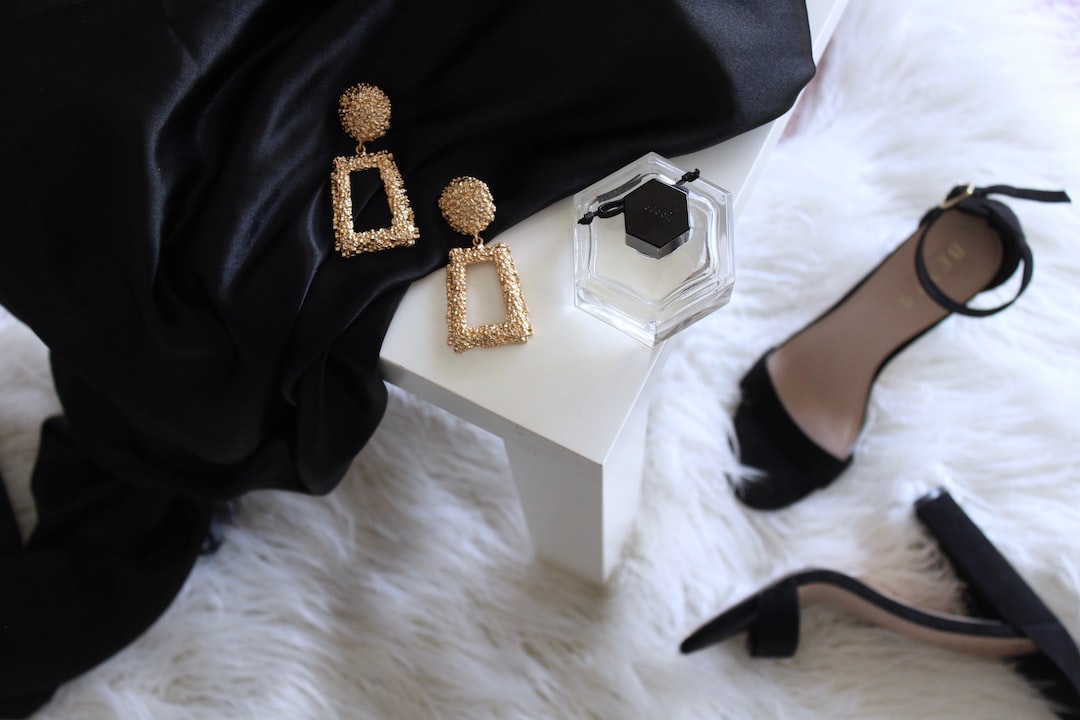From Runway to Real Life: Making High Fashion Accessible for Everyone
High fashion has always had a reputation for being exclusive and unattainable for the average person. The glitz and glamour of the runway often seem worlds away from our everyday lives. However, in recent years, there has been a shift in the fashion industry towards making high fashion more accessible to everyone. Designers and brands are recognizing the need to cater to a broader audience, breaking down the barriers between the runway and real life.
One factor that has contributed to this shift is the rise of social media. Platforms like Instagram and TikTok have democratized the fashion industry, giving a voice to aspiring fashionistas and allowing them to showcase their personal style. Influencers and content creators have emerged as powerful forces in shaping trends and promoting inclusive fashion. With just a few taps on their screens, consumers can now interact with high fashion in ways that were unimaginable before.
Another key driver in making high fashion more accessible is the growing demand for sustainability and ethical practices. Today’s consumers are more environmentally conscious and socially aware than ever before. They want to align themselves with brands that prioritize sustainability and ethics in their production processes. As a result, many high-end designers have started incorporating sustainable materials and practices into their collections. By doing so, they not only make high fashion more accessible but also address the concerns of a more conscious consumer base.
The concept of “fast fashion” has also played a significant role in making high fashion accessible. Fast fashion brands have been able to replicate the designs seen on the runway at a fraction of the price, making high fashion accessible to a much larger audience. While some argue that this commodification of fashion devalues the artistry and craftsmanship behind high fashion, it cannot be denied that it has opened doors for those who may not have been able to afford high-end designer pieces otherwise.
Collaborations between high fashion and mass-market brands have further bridged the gap between the runway and real life. Designers like Karl Lagerfeld, Alexander Wang, and H&M have partnered with luxury fashion houses to create affordable collections that allow consumers to experience a taste of high fashion without breaking the bank. These collaborations generate buzz and excitement, while also generating revenue for both parties involved.
Inclusivity is another aspect that designers and brands are embracing. The fashion industry has long been critiqued for its lack of diversity in terms of body shape, size, and ethnicity. However, the call for inclusivity has gained momentum, and there are now more fashion brands that cater to a wide range of sizes and celebrate different body types and ethnic backgrounds. This shift towards inclusivity not only makes high fashion accessible to a broader audience but also promotes body positivity and self-acceptance.
By making high fashion more accessible, designers and brands are not diluting their artistry but rather expanding their reach. It allows them to connect with a wider consumer base and build brand loyalty. Moreover, it fosters a sense of empowerment and self-expression in individuals who may have felt excluded from the fashion industry in the past.
In conclusion, the fashion industry is undergoing a transformation, with high fashion becoming increasingly accessible to everyone. Through social media, sustainability, fast fashion, collaborations, and inclusivity, the barriers between the runway and real life are being broken down. This change not only benefits consumers but also the fashion industry as a whole. As the demand for accessible high fashion continues to grow, it will be interesting to see how designers and brands further adapt and evolve to meet the changing needs and desires of their customers.

